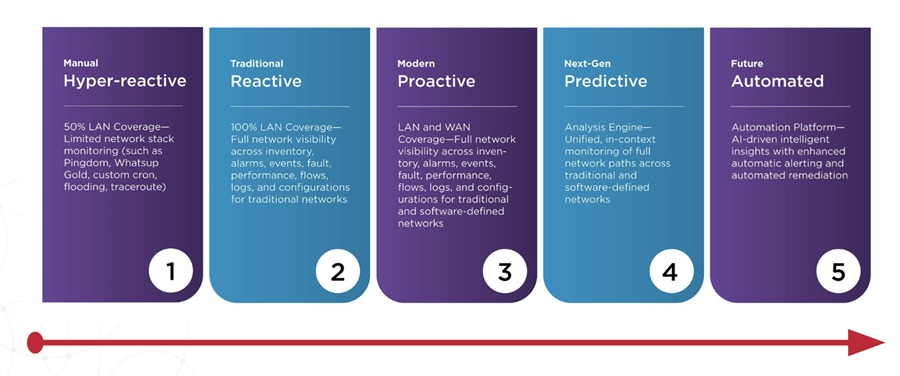As we all know, the drastic changes in the world have caused the workforce to take a hybrid approach over the last two years. A lot of that time, being fully remote.
According to a research report issued by Gartner Inc., an overwhelming majority of company leaders plan to allow their employees to continue performing hybrid work moving forward. The report indicates that 82% of companies are sticking with the hybrid approach.
Hybrid work typically means two or three days working in the office per week and the rest from wherever the employee pleases — most of the time from the comfort of their home. With the back and forth between home and office, employees need ways to stay productive and access useful information necessary to complete their daily work. The ability to obtain a holistic view of data relevant to the user and get answers to topics, no matter the worker's location, is crucial for a successful and efficient hybrid working environment.
Without shared knowledge, inconsistent or conflicting ideas and overlooked details may lead to unnecessarily wasted time or missed growth opportunities. Fortunately, some platforms can help simplify connecting the dots in a hybrid workplace.
Can AI-Driven Technology Help You Achieve Hybrid Success?
Today, there is more data than ever before within a company, and that amount increases every day. A significant challenge for companies and employees is finding this data and sorting through the digital clutter. This challenge is intensified when working at home on your own devices. Workers also lose the ability to lean over and ask a knowledgeable colleague for insight on a specific question.
With the right technology aimed at knowledge management, workers can access relevant information in a single location that was once scattered throughout hundreds of different data sources. Many solutions also permit seamless integration into the most popular business applications. For example, information retrieval can take place directly in Microsoft Teams, Salesforce, Outlook, and more — all applications most employees are already comfortable using. This reduces the learning curve of new technology and time spent on information finding exponentially.
Connecting company data puts knowledge directly at the fingertips of the workforce whenever and wherever they need it. Doing so not only has an enormous impact on productivity and bottom lines but boosts morale within a corporation. Equipping people with tools to be successful is key for workers to feel like they are making the most of their time when not at the office.
Employees don't necessarily feel burned out from being overworked. Often, the frustration stems from not being put in a position to produce valuable output. Deployment of the right technology can flip that problem on its head — giving users access to needed knowledge within seconds.
How Does this Type of Technology Work?
Machine learning (ML) methods analyze data from multiple internal and external data sources. Internal data sources include company documents, whitepapers, emails, webpages, handbooks, etc. External data sources include data from other business applications, market research, public databases, competitor press releases, etc. Users simply have to search for what they need, and metadata compiled from all data sources generates proper feedback.
The Positive Impact of Proper Knowledge Management
As mentioned, proper knowledge management has tons of benefits when it comes to saving employees time, boosting productivity, and increasing the morale of a hybrid company.
Proper knowledge management solutions also serve a vital role to the "new" employee just as much as the "existing" one. Even before the world turned hybrid, having great employee onboarding and training has always been a tough area for companies to tackle. Knowledge management plays a critical role in organizing training material and making onboarding documents readily available to the less experienced worker. Giving new hires the capacity to search and explore topics within the company's data leads to quicker learning of systems and processes they are expected to follow. A high-level and artificial tool like this also can have added benefits during the recruitment process, showing potential hires that your company is innovative and invested in helping them succeed to the fullest extent.
In conclusion, connected data can connect a workforce spread across the globe and in several different places. This level of connectivity makes your workforce stronger and your company ready to master the new hybrid approach to work.


